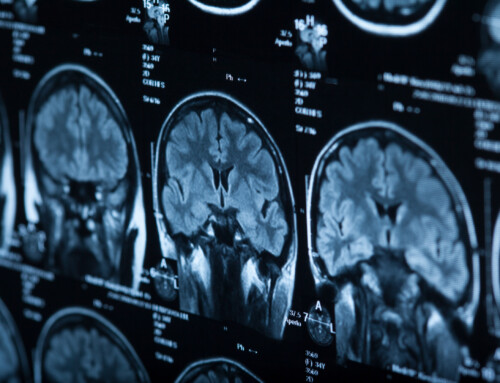. by Gabe Battaglia, SPT
Does Weather Really Affect Pain?
Is there is a direct relationship between chronic pain and weather changes? Barometric pressure (BMP) is defined as the force per unit exerted by the atmosphere. Normal BMP is around 30 inHg and is affected by changes in weather, such as temperature, humidity, and precipitation.
Sunny, warmer days can cause increases in BMP while colder, windy, and/or high precipitation weather can cause decreases in pressure. This decrease results in less pressure pushing against the body, which allows tissues within the body to expand. Tissue expansion increases pressure within joints and stimulates pain receptors. Cold temperatures can cause joint pain as well. The viscosity of fluid within joints is increased by lower temperatures, causing joint stiffness and pain.
Certain conditions are more affected by changes in temperature and BMP than others.
Osteoarthritis (OA)
Osteoarthritis (OA) is a degenerative joint disorder. When cartilage in joints is broken down, it causes bones to rub against each other, exposes nerves, and results in pain and inflammation. Rheumatoid arthritis (RA) is an autoimmune disorder where the body attacks the linings of joints, causing pain and inflammation. Research regarding the effects of BMP on OA and RA is conflicting, but there appears to be a correlation between individuals with severe OA reporting increases in pain with lower BMP and lower temperatures. Similarly, research regarding changes in BMP and RA suggests that major changes in BMP and temperature result in more RA flair ups.
Fibromyalgia
Fibromyalgia is a systemic condition that is characterized by chronic pain, fatigue, and tenderness of muscles, tendons, and joints. It affects the central nervous system, causing heightened perceptions of pain and ineffective pain inhibition responses. The increased pain perception causes allodynia (perceiving non-painful stimuli as painful), hyperalgesia (abnormal increase in sensitivity to pain), and referred pain. This results in chronic, widespread pain and decreased tolerance to sensory input.
Pain receptors are stimulated by the increased pressure and stiffness in joints caused by lower temperature and BMP; this results in fibromyalgia flare-ups. Flare-ups are also associated with negative emotions, such as depression, anxiety, and stress. Research suggests that negative emotions are also heightened by bad weather, which can contribute to weather-related flare-ups.
Headaches, Migraines and Weather Changes
Headaches and migraines are commonly associated with chronic pain and weather changes for several possible reasons:
- Low BMP can cause excitation of the trigeminal nucleus (trigeminal nerve supplies sensory input to the face, including temperature, pain, and touch) which can cause increased sensitivity and pain perception.
- Low BMP stimulates the sympathetic nervous system and adrenal medullary hormones, which can constrict peripheral blood vessels. This causes lower blood oxygen levels, leading to cerebral ischemia and acidic blood levels, which can cause headaches and migraines. Similarly, low BMP results in lower oxygen saturation in the air. This can also lead to lower blood oxygen saturation, causing cerebral ischemia and acidic blood levels, resulting in headaches and migraines.
- Low BMP can cause expansion and inflammation of nasal sinuses, which can stimulate pain receptors and lead to sinus headaches or migraines.
Physical therapy can help when dealing with chronic pain and weather changes. For information on pain management, contact Capital Area Physical Therapy at 518-289-5242 to set up an appointment with one of our physical therapists in Malta, Saratoga, or Queensbury.






